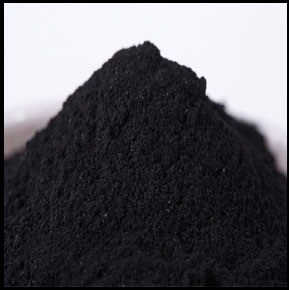
A very clear choice for fibre dope dying
Carbon Black Pigment for Viscose Dope Dying

Sumangalam Formulations offers a variety of water-based pigment dispersions.
Our state-of-the-art manufacturing plant in Bharuch in Gujarat (India) , we take our leadership responsibilities seriously, offering customized products of high quality standard and competitive.
We have sets the standard in value-added processing of water based dispersions to the textile, paper and other specialty industries, i.e., ink, paint, seed coatings and more.
Offering Water based dispersions in both liquid form. Sumangalam Black dispersion custom-blends and matches colors based on client-supplied samples and rigorous customer specs and requirements. We source raw materials from an extensive network of suppliers throughout the world. The company maintains strict quality throughout processing, packaging and delivery. And remember, we are always living up to our Sumangalam name none of our product lines contain VOC or hazardous air pollutants.
Among black pigments, Sumangalam manufactured carbon black pigment slurry is become the state of the art in Viscose Dope Dying. The most modern technology based plant & its system allow the formulation of Pigment to meet the highest requirements in Viscose Staple Fibre Industry.
Sumangalam carbon black pigments, produced by its unique process and marketed under the trade name CHESS BLACK, the preferred choice for water-based dope dying application. Due to its high structure and surface polarity, Black pigment is considered as one of the most difficult to manufacture of desired quality for fibre industry. Our continuous efforts made us proud as a quality manufacturer of Carbon Black Pigment in India. The plant have installed capacity of 3600 MT per annum located at very prime developing zone under PCPIR ( Petroleum , Chemicals & Petrochemical Investment Region) near Dahej in Gujarat.
Carbon black pigments are used in a wide range of applications. In the decades of carbon black pigment production and processing, no significant hazards have been observed in humans. Toxicological studies showed no acute toxicity after oral or dermal uptake. Carbon black pigment is regarded as safe from the viewpoints of skin irritation, skin sensitization, mutagenicity and reproductive toxicity. Also, repeated dose exposure to skin and repeated oral uptake did not give any critical result. In 1996 carbon black was classified by IARC in group 2B (possibly carcinogenic to humans).


